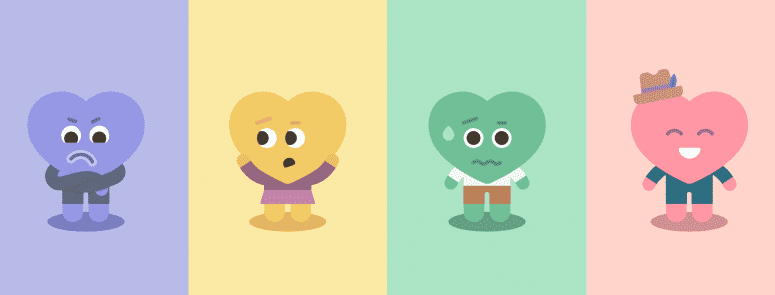Attachment is described as the emotional bond you form with your primary caregiver as an infant. According to the psychiatrist John Bowlby and psychologist Mary Ainsworth, who pioneered the attachment theory, the first relationship we form as infants determines the way we relate to others throughout our life. This leads to their being four types of attachment styles which then affect the way you interact with others as you grow older;
- Secure – If your primary caregiver was able to accurately interpret your needs and cries, made you feel understood and safe, then you most likely developed a secure attachment. When you’re older, this leaves you feeling more trusting, self-confident, hopeful, and able to manage conflict in a healthy way and respond appropriately to the ups and downs of relationships.
- Anxious – If your caregiver was inconsistent with their comforting ways, by sometimes being responsive to your needs and other times unavailable, then you might have been left feeling uncertain and anxious. This would leave you growing up feeling constantly anxious, lack boundaries with others and be overly needy. Thus, when it comes to romantic relationships, you crave them. Especially so you experience the sense of closeness, but then you would struggle to trust them or rely on them.
- Avoidant – This attachment style comes about from a caregiver who was always unavailable when you needed them. This left you having to self-soothe yourself and distance yourself from your emotions. As an adult, you grow up to be independent, crave freedom, and unable to handle emotional intimacy. Thus, if your partner tries to become close to you, you withdraw and distance yourself.
- Disorganised – This occurs if the caregiver was going through their own trauma when they had you as an infant. The trauma left them feeling intense fear while also trying to comfort their infant. This would lead the infant to feeling disoriented and confused with how they feel about the relationship with their caregiver. Even in this type of attachment style you would learn to self-soothe yourself to better handle your emotions. It leaves you feeling unsafe and frightened when it comes to relationships. This means that your emotions towards your partner constantly change from those of love to those of hate.
If after reading this you identify with an unhealthy attachment style, I want to emphasise that you don’t need to continue maintaining that behaviour, attitude and expectations throughout your life. It doesn’t have to define you and the way you relate to others. You are able to change and develop a secure healthy attachment style.
To develop this healthy attachment style, you need to firstly learn to work on your nonverbal communication skills. These skills can go a long way to the way you relate with others. Sometimes you aren’t aware but even when you’re not speaking, you are constantly sending wordless signals to others; through your posture, eye contact, gestures and so on. By reading, interpreting and communicating your nonverbal skills better, it can deepen and improve your relationships with others.
If you still feel wanting to but unable to change your attachment style, then therapy can be an invaluable experience to help you through this. A therapist can help you understand your past experiences and to learn to become more secure on your own.
Mandy is a Gestalt psychotherapist who enjoys working therapeutically with adults on various issues. These include general mental health and wellbeing. She also has experience working with anxiety, victims of domestic violence and eating disorders.
References:
- Bretherton, I. (1992). The origins of attachment theory: John Bowlby and Mary Ainsworth. Developmental Psychology, 28(5), 759–775.
- Robinson, L., Segel, J., & Jaffe, J. (2021). How Attachment Styles Affect Adult Relationships – HelpGuide.org. Retrieved from https://www.helpguide.org/articles/relationships-communication/attachment-and-adult-relationships.htm

